Fukushima, JAPAN (Agencies)
Japan faced potential catastrophe on Tuesday after a quake-crippled nuclear power plant
exploded and sent low levels of radiation floating towards Tokyo, prompting some people to flee the capital and others to stock up on essential supplies. The government warned radioactive levels had become “significantly” higher around the quake-stricken nuclear power plant and the French embassy said a low level radioactive wind could reach Tokyo by the evening. Naoto Kan urged people within 30 km (18 miles) of the facility north of Tokyo to remain indoors, underscoring the dramatic worsening of Japan’s nuclear crisis, the world’s most serious since the Chernobyl disaster in Ukraine in 1986. This is the worst nuclear crisis Japan has faced since the atomic bombing of Hiroshima and Nagasaki during World War II. It is also the first time that such a grave nuclear threat has been raised in the world since a nuclear power plant in Chernobyl, Ukraine exploded in 1986.
As concern about the crippling economic impact of the nuclear and earthquake disasters mounted, Japanese stocks plunged 13 percent – heading for their biggest drop since 1987 — compounding a slide of 7.6 percent the day before. The two-day fall has wiped $720 billion off the market.
In a sign of mounting fears about the risk of harmful radiation, Air China said it had cancelled flights from Beijing and Shanghai to Tokyo, but there was no sign that people were rushing en masse to the capital’s airports to leave.
“There has been a fire at the No. 4 reactor and radiation levels in the surrounding area have heightened significantly. The possibility of further radioactive leakage is heightening,” a grim-faced Kan said in an address to the nation.
“We are making every effort to prevent the leak from spreading. I know that people are very worried but I would like to ask you to act calmly.”
Radioactive wind
The French embassy in Tokyo warned in an 0100 GMT advisory that a low level of radioactive wind could reach the capital — 240 km (150 miles) south of the plant — in about 10 hours.
Winds over the facility are blowing slowly in a southwesterly direction that includes Tokyo but will shift westerly later on Tuesday, a weather official said.
Kyodo news agency said radiation levels nine times normal levels had been briefly detected in Kanagawa near Tokyo, but it quotes the metropolitan government that only “minute levels” were found in the capital itself.
There have been a total of four explosions at the plant since it was damaged in last Friday’s massive earthquake and tsunami. The most recent were blasts at reactors No. 2 and No. 4 earlier on Tuesday.
Authorities had previously been trying to prevent meltdowns in the Fukishima Daiichi complex’s nuclear reactors by flooding the chambers with sea water to cool the reactors down.
In Tokyo, travel agents said there had been a rise in inquiries from foreigners seeking to leave the country, but the capital’s Narita airport said there had been no surge in passenger traffic.
There has been panic buying in Tokyo. Don Quixote, a multi-storey, 24-hour general store in Roppongi district, sold out of radios immediately after the quake. It also sold out of flashlights, candles, gasoline containers and sleeping bags.
“A scene from hell”
The full extent of the destruction from last Friday’s massive quake and tsunami that followed it was still becoming clear, as rescuers combed through the region north of Tokyo where officials say at least 10,000 people were killed.
“It’s a scene from hell, absolutely nightmarish,” said Patrick Fuller of the International Red Cross Federation from the northeastern coastal town of Otsuchi.
Kan has said Japan is facing its worst crisis since World War Two and, with the financial costs estimated at up to $180 billion, analysts said it could tip the world’s third-biggest economy back into recession.
The U.S. Geological Survey upgraded the quake to magnitude 9.0, from 8.9, making it the world’s fourth most powerful since 1900.
Car makers, shipbuilders and technology companies worldwide scrambled for supplies after the disaster shut factories in Japan and disrupted the global manufacturing chain.
The fear at the Fukushima plant is of a major radiation leak after the quake and tsunami knocked out cooling systems.
Jiji news agency said the first explosion on Tuesday damaged the roof and steam was rising from the complex. Some workers were also told to leave the plant, a development one expert had warned beforehand could signal a worsening of the crisis.
The worst nuclear accident since the Chernobyl disaster in Ukraine in 1986 has drawn criticism that authorities were ill-prepared and revived debate in many countries about the safety of atomic power.
“You’re above Three Mile Island but you’re nowhere near a Chernobyl … Chernobyl there was no impediment to release, it just blew everything out into the atmosphere,” said Murray Jennex, professor at San Diego State University in California.
“You’ve still got a big chunk of the containment there holding most of it in.”
Few people out in streets
The continuing nuclear crisis has unnerved regional residents already struggling with the aftermath of the quake and tsunami.
“There are very few people out in the streets”, said Mako Sato, a cafe waitress in the town of Miharumachi just outside the evacuation zone. “They are either staying at home or in the evacuation centers.”
“Since conditions surrounding the nuclear plant are so uncertain, I am worried. Food supplies are low and all that customers talk about is the quake and how scary it is, because we still feel aftershocks.”
The U.N.’s nuclear watchdog, the International Atomic Energy Agency, said Tokyo had asked for expert assistance in the aftermath of the quake.
But the IAEA’s Japanese chief Yukiya Amano moved to calm global fears that the situation could escalate to rival the world’s worst nuclear crisis at Chernobyl in the Ukraine in 1986.
“Let me say that the possibility that the development of this accident into one like Chernobyl is very unlikely,” he said.
Switzerland put on hold some approvals for nuclear power plants and Germany said it was scrapping a plan to extend the life of its nuclear power stations. The White House said U.S. President Barack Obama remained committed to nuclear energy.
Whilst the Fukuskima plant’s No.1 and No.3 reactors both suffered partial fuel rod meltdowns, operator Tokyo Electric Power Co (TEPCO) had earlier said the No.2 reactor was now the biggest concern.
A sudden drop in cooling water levels when a pump ran out of fuel had fully exposed the fuel rods for a time, an official said. This could lead to the rods melting down and a possible radioactive leak.
TEPCO had resumed pumping sea water into the reactor early on Tuesday.
|
|
||
|
Red Cross\’s Fuller in Otsuchi
|
||
Relief efforts
U.S. warships and planes helping with relief efforts moved away from the coast temporarily because of low-level radiation. The U.S. Seventh Fleet described the move as precautionary.
South Korea, Hong Kong, Singapore and the Philippines said they would test Japanese food imports for radiation.
About 850,000 households in the north were still without electricity in near-freezing weather, Tohuku Electric Power Co. said, and the government said at least 1.5 million households lack running water. Tens of thousands of people were missing.
“The situation here is just beyond belief, almost everything has been flattened,” said the Red Cross’s Fuller in Otsuchi, a town all-but obliterated. “The government is saying that 9,500 people, more than half of the population, could have died and I do fear the worst.”
Whole villages and towns have been wiped off the map by Friday’s wall of water, triggering an international humanitarian effort of epic proportions.
“When the tsunami struck, I was trying to evacuate people. I looked back, and then it was like the computer graphics scene I’ve seen from the movie Armageddon. I thought it was a dream. It was really like the end of the world,” said Tsutomu Sato, 46, in Rikuzantakata, a town on the northeast coast.
Estimates of the economic impact now starting to emerge.
Hiromichi Shirakawa, chief economist for Japan at Credit Suisse, said in a note to clients that the economic loss will likely be around 14-15 trillion yen ($171-183 billion) just to the region hit by the quake and tsunami.
Even that would put it above the commonly accepted cost of the 1995 Kobe quake which killed 6,000 people.
The earthquake has forced many firms to suspend production and global companies — from semiconductor makers to shipbuilders — face disruptions to operations after the quake and tsunami destroyed vital infrastructure, damaged ports and knocked out factories.

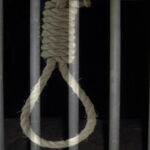
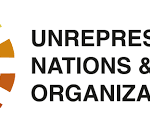




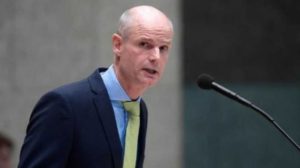

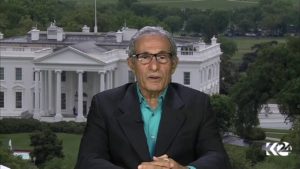
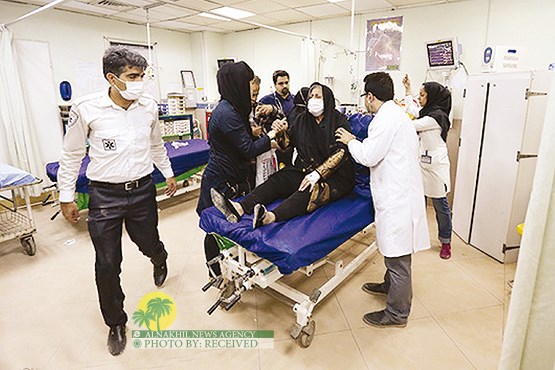





+ There are no comments
Add yours